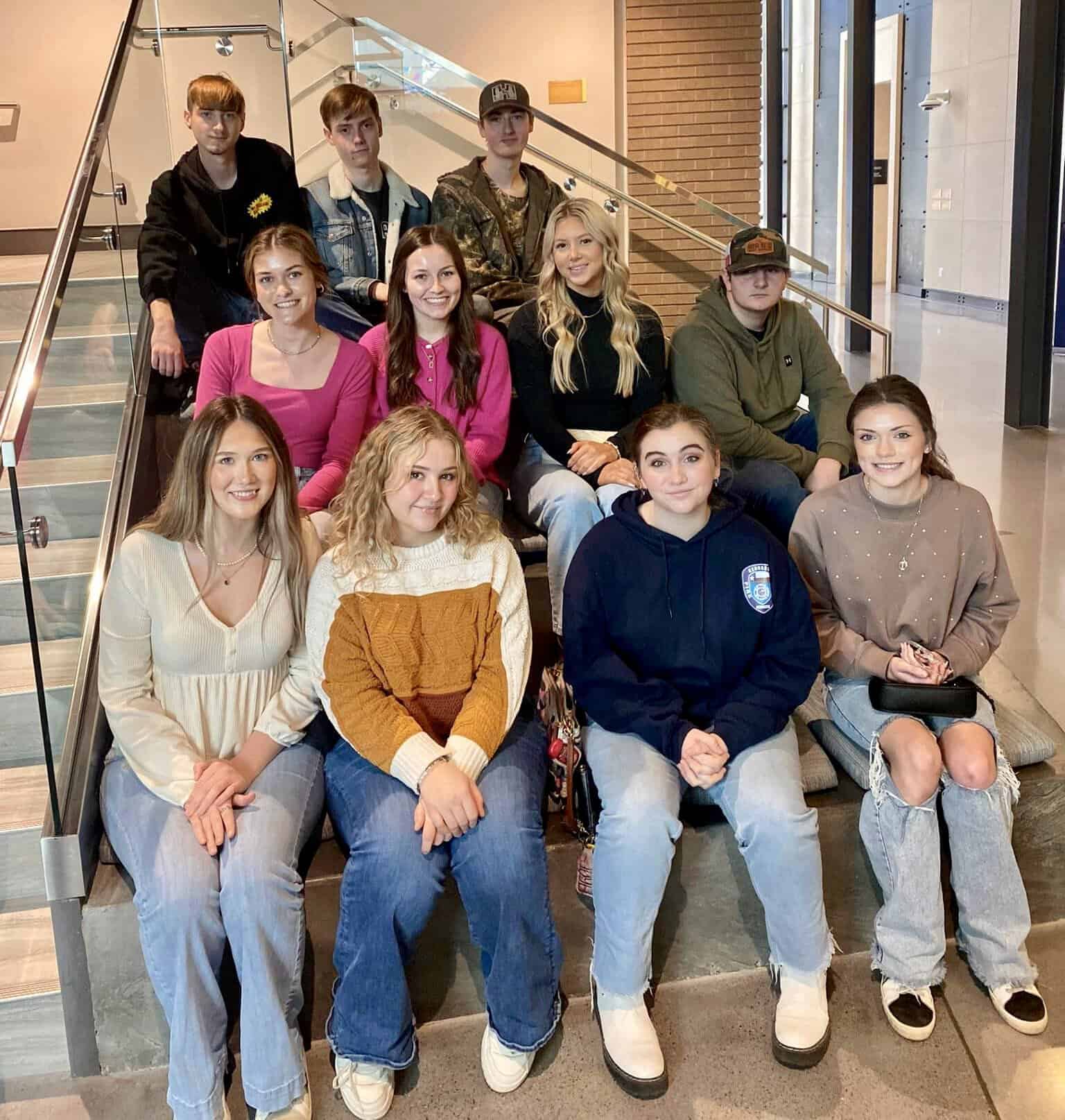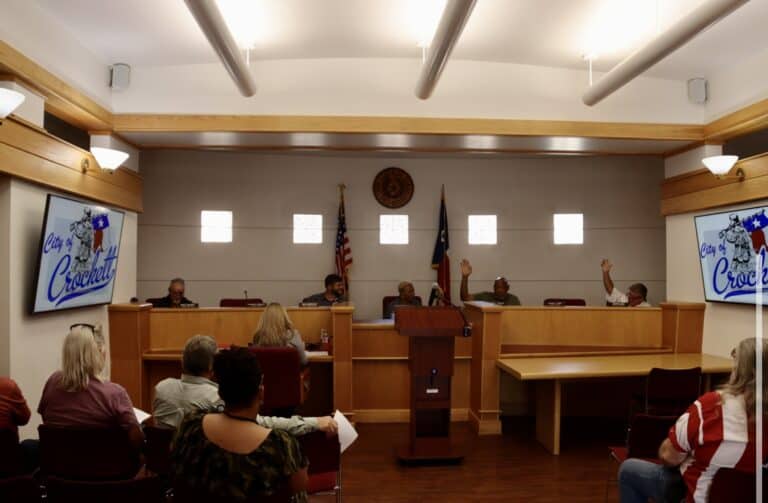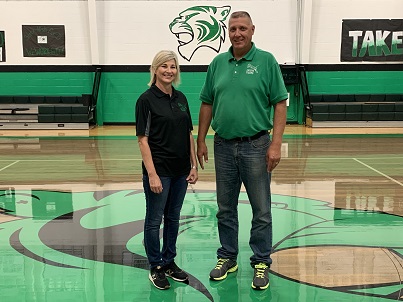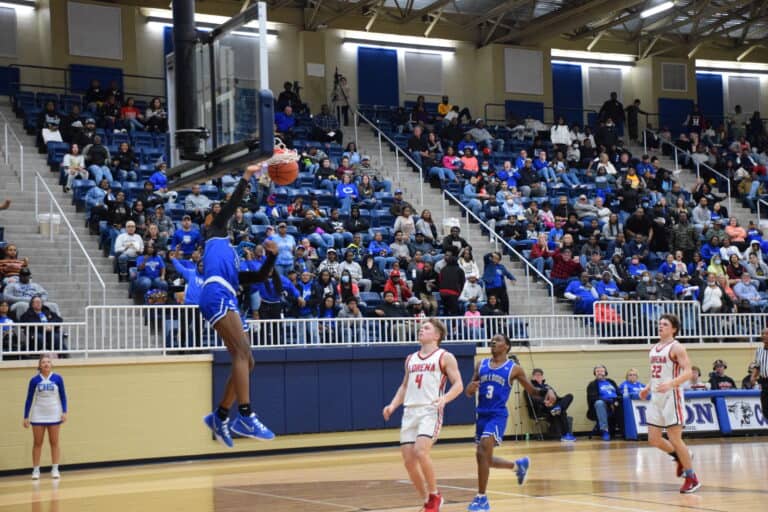Kennard Students Learn and Live History of Holocaust

By Greg Ritchie
Messenger Reporter
KENNARD – Kennard Independent School District (KISD) seniors recently went on a trip to the Houston Holocaust Museum after studying and reading about the history of those times and what led to that tragic episode of history.
Kennard English Teacher Liz Gallant has been taking students to visit the museum for three years now, working with History Teacher Thomas Frizzell and Science Teacher Chance Collins to give the students a fuller picture of what happened, why and how.
The kids had been exposed to the topic in junior high, reading “The Diary of Anne Frank,” but have now finished a more graphic and hard-hitting novel about the holocaust, “Night,” by Elie Wiesel.
Gallant noted it’s not always easy to make literature – or history – something real until it’s seen in three-dimensions in real life.
“Literature can take us to a place in our own mind but it limits us within our own experiences. The museum shows the gravity and the realities of the situation and the depth of it,” Gallant said. It takes all those blinders off anything your mind was trying to cover because of your limited exposure to such horrible, gruesome things.”
The kids toured the museum and enjoyed the interactive modern displays, such as a hologram programmed to answer many questions about the holocaust. Gallant said the trips are designed to make history – and the literature they have been reading, come alive in their young minds. Gallant said the museum has a display of butterflies, each representing a large group of children who died.
“Each one of those butterflies represented 10,000 children murdered in the holocaust. You can’t really grasp 1.5 million children, but to see those butterflies and say each one of them represents 10,000 children – it puts a tangible thing in front of you when before, you’ve only had a concept,” Gallant said.
The book, the history and the real-life look at artifacts at the museum got the group talking about the actual experiences of those who suffered during those dark days.
“We talked about the relationships between the families and how families were displaced and torn apart in just a matter of seconds,” Gallant said. “The propaganda and the use of media and languages – scare tactics and hate was pushed so much that an entire population truly believed this group of people were less human.”
While historians still debate many details about the holocaust and what caused something so sinister to be accepted by so many people, Gallant said there is a greater truth to be learned and applied in our modern lives.
“Every student has their own beliefs and their family has their own beliefs,” Gallant pointed out. “What I try to promote is to be aware and if there is something you disagree with and you know to be wrong, the only way to combat that is with your education and to be brave and speak out against it.”
As Gallant well noted, the lessons of being aware and doing your own thinking are critical skills these young people will need to navigate the adulthood rushing to meet them. As Martin Niemoeller famously said about the holocaust:
“First they came for the Communists, but I was not a Communist so I did not speak out. Then they came for the Socialists and the Trade Unionists, but I was neither, so I did not speak out. Then they came for the Jews, but I was not a Jew so I did not speak out. And when they came for me, there was no one left to speak out for me.”
Greg Ritchie can be reached at [email protected]






